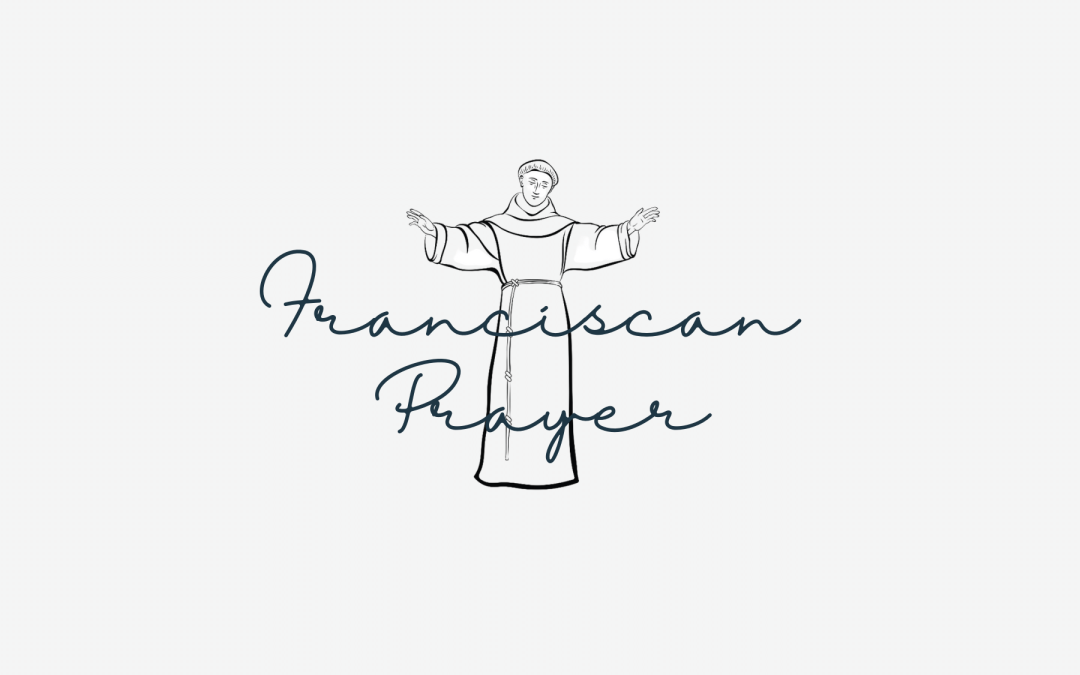
BE SATISFIED WITH ME



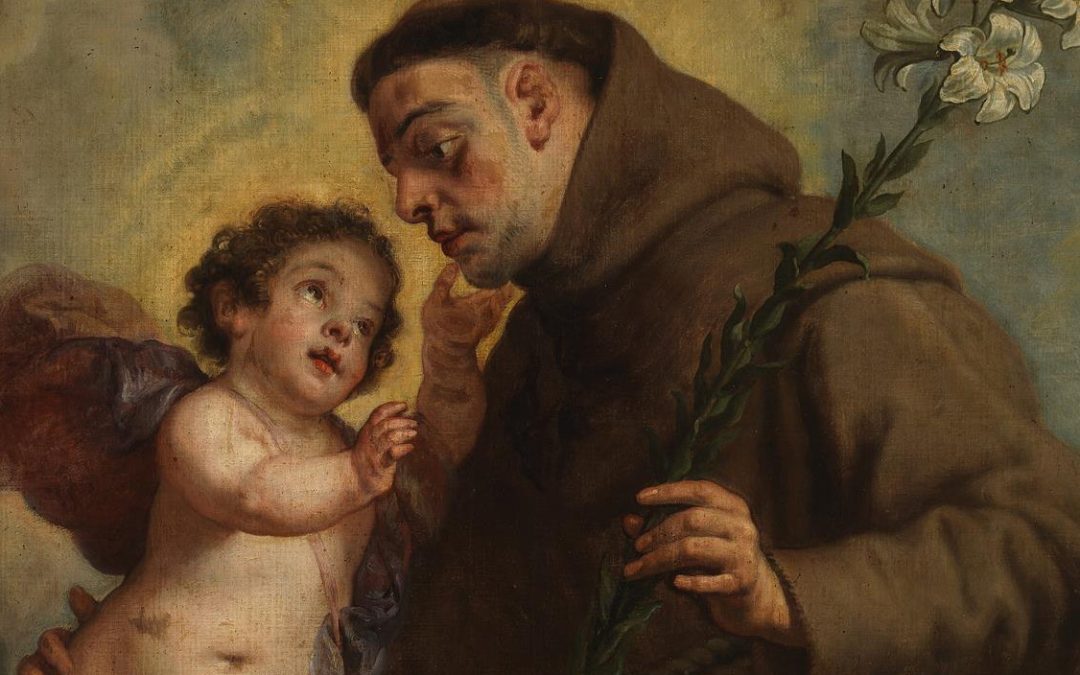

As we draw closer to the Feast of St Anthony of Padua on 13 June, we are invited to enter more deeply into his spirituality, and to journey with him in prayer and reflection.
A famous line from his early preaching is “Give yourself wholly to God, who gave Himself wholly for you.”
St Anthony lived this message. He was born into a wealthy family but, like St Francis, he gave up everything to follow Jesus. He became a Franciscan friar, living a simple life of prayer, service, and preaching. He used all his gifts to serve others and to teach them about God’s love. Through his gift in preaching, he shared God’s message of love with those who came to listen, to give them hope.
Many of us struggle with prayer, feeling too busy to pray, too distracted to reflect, and too overwhelmed to give ourselves freely. Today’s culture often celebrates self-centeredness disguised as self-care, and productivity as the highest virtue. In this fast-paced environment, it is easy to give God only what is left of our time and attention. But Anthony’s spirituality reminds us that we are called to give not just a part, but our whole selves to God. It reminds us to carve out time for God, to choose silence over noise, and to live not just for ourselves, but in the service of others and for the glory of God.
Giving ourselves wholly to God today means making space each day for prayer, for Scripture, for acts of kindness. It means resisting the temptation to be consumed by our schedules and screens. It means trusting that God knows what is best for us, even when we do not understand.
So, as St Anthony’s feast day draws near, let us take time to reflect: Am I giving my whole self to God, or am I only giving what is easy or convenient? Am I truly too busy to spend time with God?
St Anthony shows us that when we give ourselves to God, we gain peace, purpose, and joy. Let us follow Anthony not just in devotion or as a helper in our needs, but as a spiritual companion who leads us closer to Christ, where true peace and joy reside.
Friar Jorgerson Japar OFM
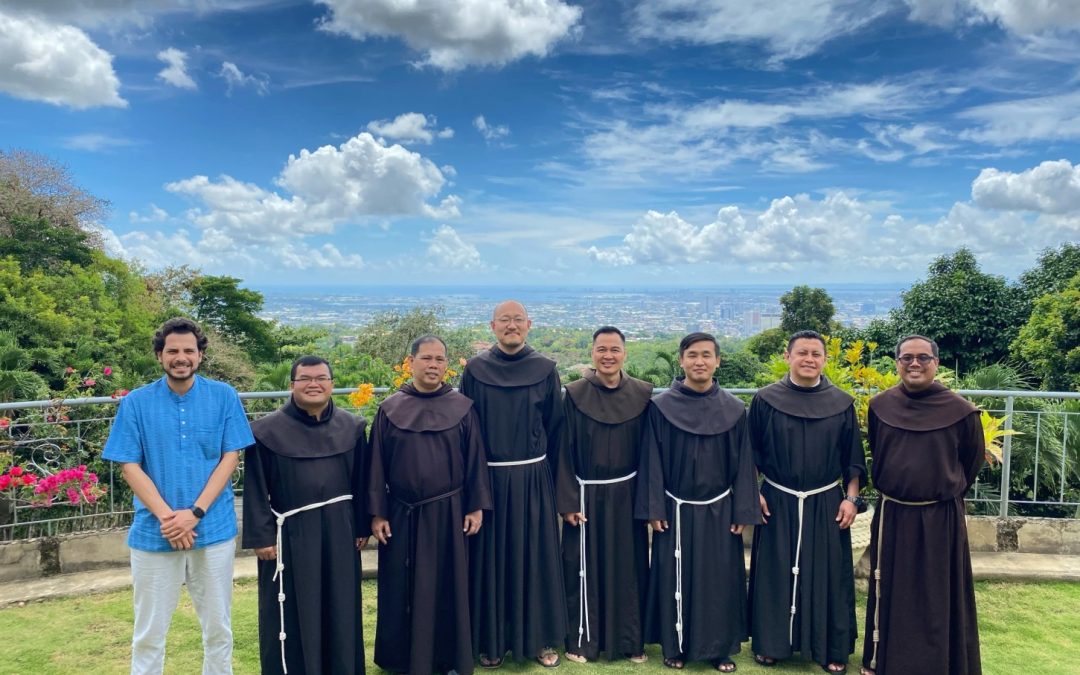
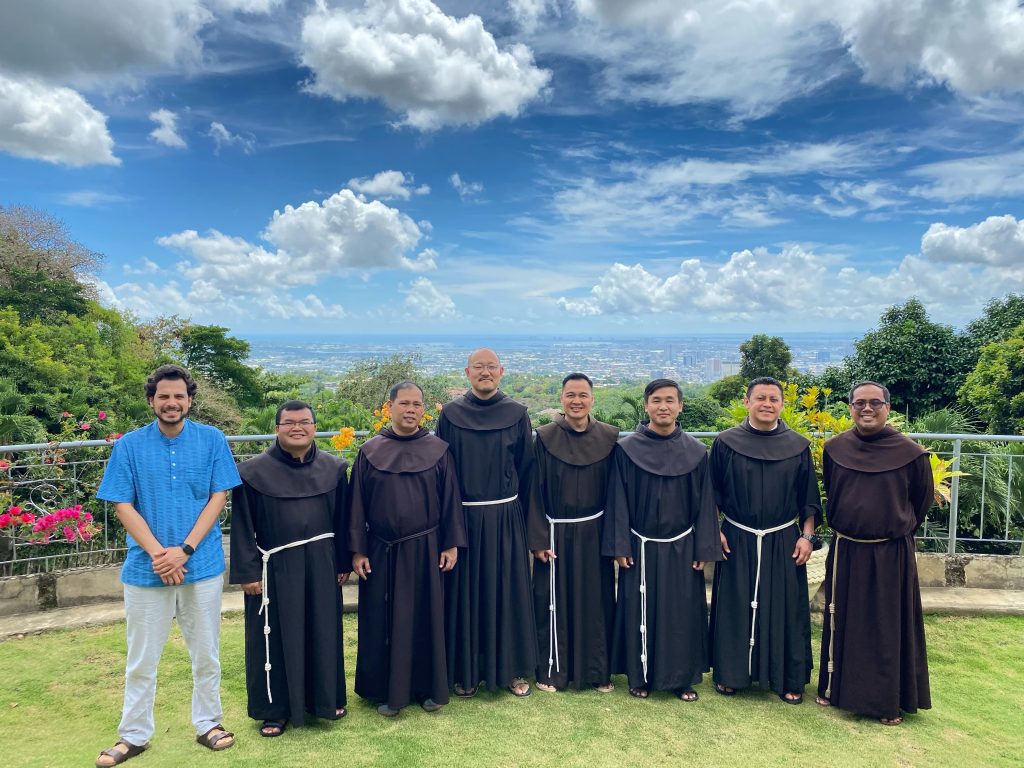
Formed just last year, the Franciscan Network for Peace and Integral Ecology in Asia has already held its second gathering. The meeting from 7 to 11 April 2025 in Cebu, Philippines was to follow up on the resolutions and discussions of the first gathering in October 2024 in Kota Kinabalu.
The network’s main goals are to explain why building peace is important, identify key areas of concern, lay out action plans and objectives, and find potential partners with whom to work.
At the meeting were Justice, Peace, and Integrity of Creation (JPIC) leaders and animators from the Philippines, Myanmar, South Korea, Indonesia, Malaysia-Singapore-Brunei, and West Papua, as well as Franciscans International in Geneva and the JPIC Office in Rome.
The meeting began with a warm welcome from Friar Renee C Dean, Provincial of the Province of St Anthony of Padua in Cebu, who congratulated the participants for their dedication and efforts.
Next, Friar Derrick Yap, President of the South Asia, Australia and Oceania Conference (SAAOC), addressed the group: This year marks 800 years since the Canticle was written by St Francis of Assisi. During this special time, we continue to let God speak through our simple and humble lives even when our hearts feel broken. As brothers and sisters living out our mission, we share hope with others, especially those who are suffering or in need of God’s loving mercy. We do this by walking with them, helping them with our hands, and bringing peace through the smiles we share.
Friar Daniel Rodriguez Blanco, Director of JPIC at the General Curia, shared the Assisi Document. This is the result of a meeting of the OFM International Council for JPIC from 1 to 7 March 2025 in Assisi, during which they discussed the most urgent problems facing the world today, especially those related to human suffering and humanitarian issues.
He also told the animators of the Franciscan Network of the Mediterranean and its work on migration and refugees, dialogue and peace, and encouraged them to draw inspiration from this network as they build the Asian JPIC network.
Inspired by Laudato Si’, Fratelli Tutti and the Franciscan charism, and guided by the spirit of the Canticle and the Assisi Statement, the group agreed on the following resolutions:
The group noted that the success of these resolutions depends greatly on the support of all the leaders of the Franciscan family in Asia.
The meeting ended with dinner at the Provincial House with members of the Franciscan family, including various congregations of Sisters who may be potential partners for the Franciscan Network for Peace and Integral Ecology in Asia. The next gathering will be held in October in Manila.
Friar Cosmas Francis OFM
JPIC Animator for the Custody of St Anthony (Malaysia-Singapore-Brunei)
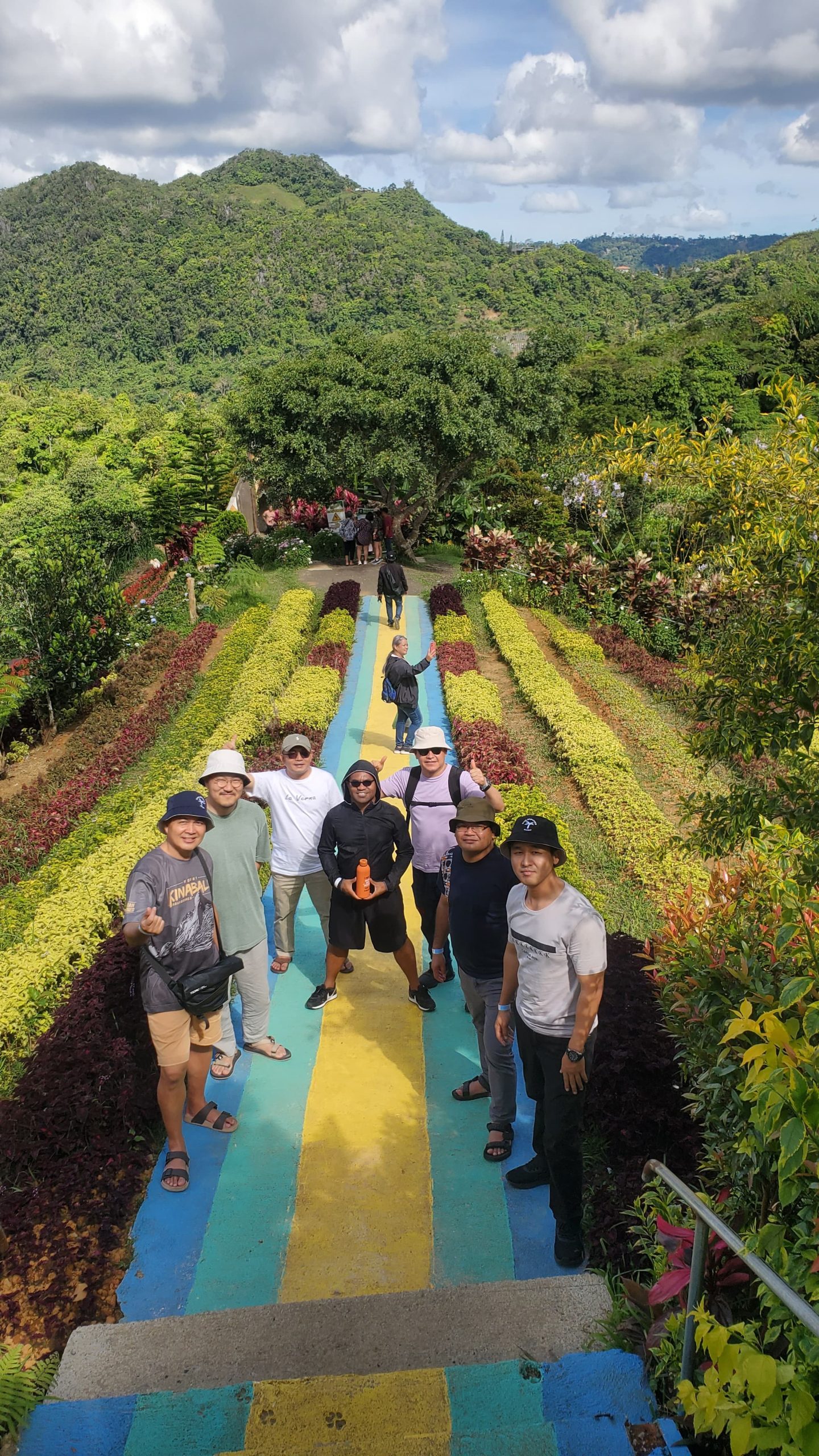

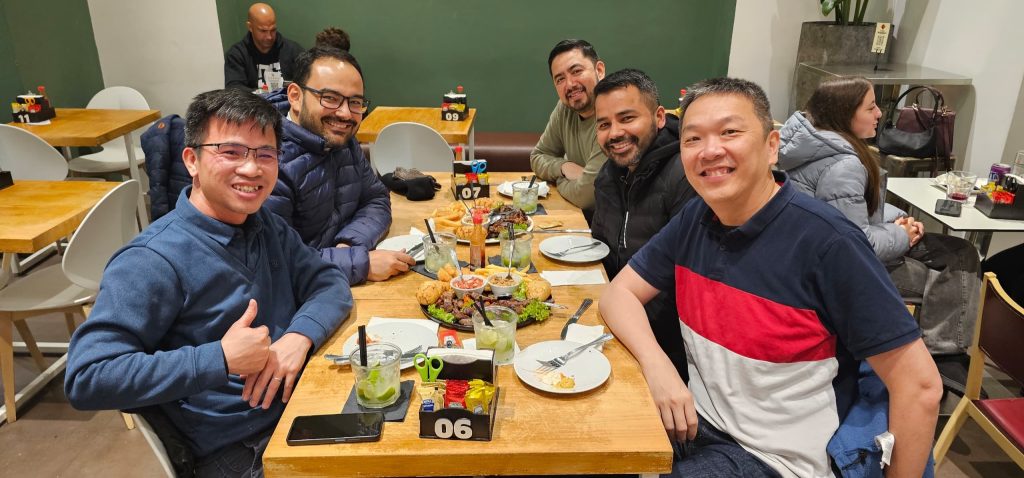
Greetings from Rome.
For the last year or so, I have been in Italy, in school once again! Since October 2024, I have been studying Franciscan Spirituality at the Pontifical University of St Anthony (better known as the Antonianum). It has been an eye-opening journey and once again, I am astonished at God’s blessings for me in this new phase of my vocation.
In February 2024, after having served in the parish in Kuching for six years, I went to Florence for a six-month course in Italian. I stayed with the Italian friars (at the Provincial Curia of Tuscany), where I not only learnt their language, but also their culture and way of expressing Franciscan life. One of the most beautiful things I took away from that experience was their emphasis on fraternal togetherness, so much so that we sat down for recreation over coffee and snacks after every meal!
When the university term began in October, I became part of an international community of approximately 100 student friars from more than 30 countries. Including the professors and staff, there are about 120 of us living at Antonianum now. This diverse atmosphere provides me with the opportunity to discover another friar’s background and story. I am truly thankful to the Lord for the brothers who form part of my journey now. Whenever I need a break from pasta and cheese, I invite some friars to dine at a superb Chinese restaurant nearby.
Going back to school has made me much more appreciative of the richness of our Franciscan intellectual tradition.
One of the most enlightening courses I have taken so far is on the writings of St Francis of Assisi. In total, 30 works are attributed to him (some written in his own hand, others he dictated, and many more which were collaborations). He wrote praises, prayers, letters, rules, admonitions, peppering them with the Scripture passages he loved so dearly. In all of them, we hear the authentic voice of Francis: his utter love and reverence for God and all creatures, his deep humility and impulse for mission. He was a man aflame with God’s word and love, so much so that he inspired and continues to inspire generations of Franciscans – religious and lay – to follow in the footsteps of Jesus.
Despite the many difficulties and challenges that threatened the Order from within and without, Francis continued to entrust his life to the Trinity, aided by the intercession of Mother Mary. His courageous example gives me reassurance that all is in the hands of God as I walk along the path of my religious calling.
I conclude my short sharing by humbly requesting you to pray for all of us here. May we grow wise and humble in the knowledge of God, as we proclaim his salvation to all.
Friar David Au OFM
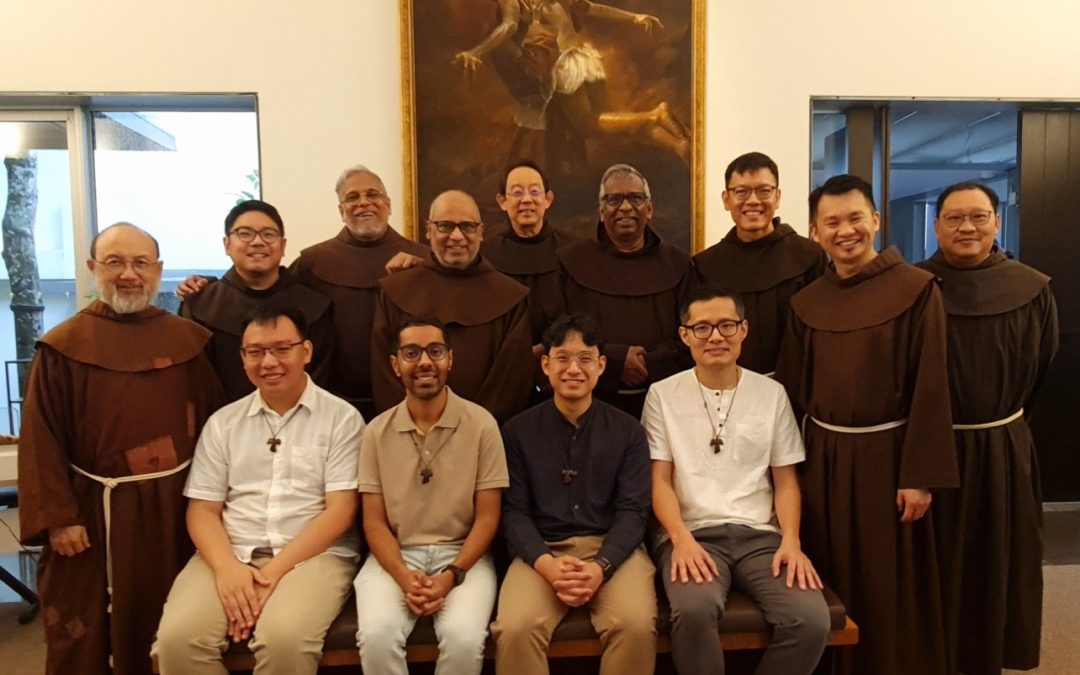
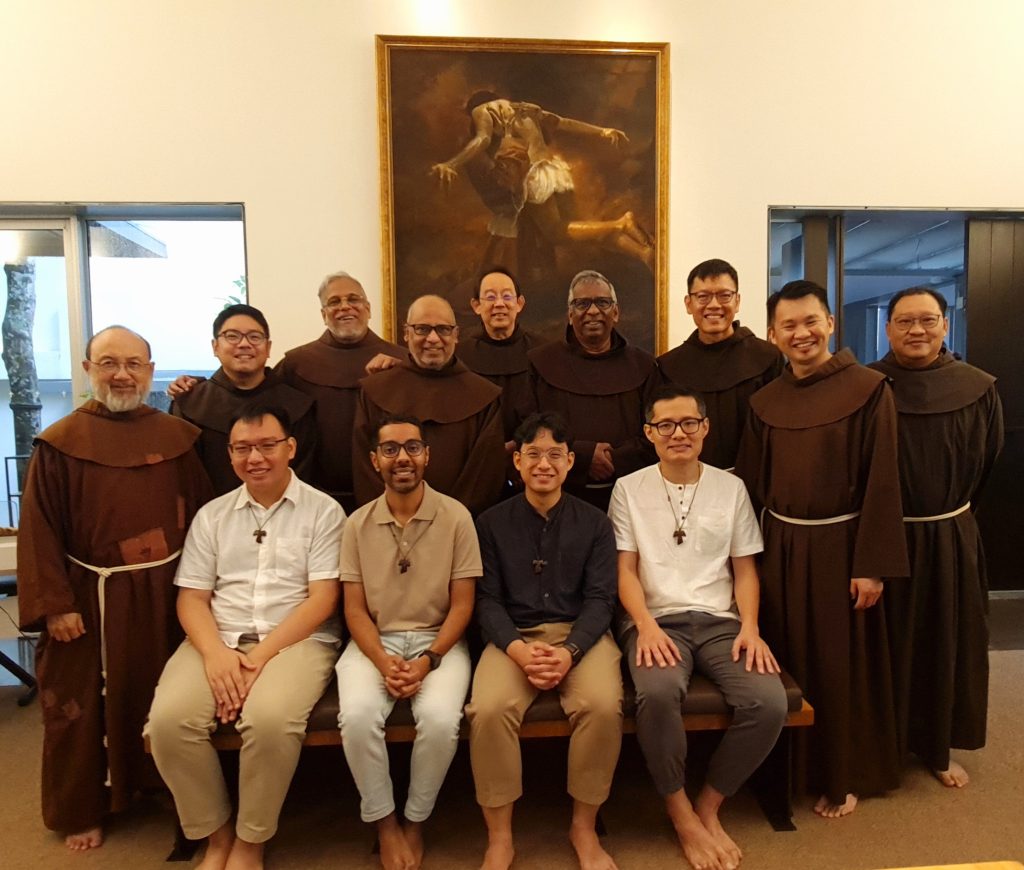
St Anthony Friary was established in 1991, alongside the founding of our Custody of St Anthony (Malaysia-Singapore-Brunei). It was to be the Mother House of our regional entity – a place of prayer, formation, governance, and mission. As Guardian of this house 30 years or so later, I am privileged to witness the constant, quiet unfolding of grace in our daily fraternal life. Our friary is not merely a place where brothers sleep and eat; it is a living organism, where prayer breathes life into ministry, where work finds rhythm in contemplation, and where individual vocations are nurtured in communion with others.
In 2025, our community comprises 14 friars – one from Sri Lanka, two from Malaysia, and 11 from Singapore. This cultural diversity enriches our community for each brother brings his story, his temperament, his faith journey into the fabric of the community, adding texture and depth to our common life.
Our friary is the Custody’s house for postulancy, and this year, we are blessed with four postulants: Mark Lee from Malaysia, and Samuel Tan, Daniel Xavier, and Jason Ng from Singapore. To accompany these young men in their year of discernment is a joy and a sacred responsibility. They remind us older brothers of the raw questions and youthful hopes that brought us to the friary gates. Their energy and curiosity infuse the house with fresh life, even as they learn the demands and disciplines of our vocation.
The life of the friary is structured yet deeply human. Our days begin with meditation at 6.45am, followed by Lauds and the Eucharist at 7am. These shared moments of stillness and praise set the tone for the rest of the day. Breakfast follows, before each brother departs for his respective ministry or study. At 12.30pm, we reconvene for lunch – another opportunity for fraternal sharing. In the evenings, after a full day of work or apostolate, we gather for meditation at 5.45pm, then Vespers at 6pm, before sharing our evening meal.
Our friary is a working house; nearly every friar is actively engaged in ministry. It is alive with movement, tasks, and pastoral outreach, but underlying this is our steady fraternal rhythm anchored in prayer, mutual support, and shared table.
Each brother contributes to the life of the Custody and the Church in different ways. Friar Justin Lim, with quiet dedication, manages our Columbarium, offering pastoral care to grieving families and tending to the memory of the departed. Friar John Paul Tan tirelessly promotes vocations, engaging the youth and animating them with the spirit of Francis. Friar Joseph Nasanathan is the Holy Land Commissary, fostering a deeper love for the land of Christ and building connections with the wider Church. He is also our Custody’s Secretary of Formation, helping to coordinate and support the journey of our younger brothers across various stages of initial formation.
Among us is Friar Rowland Yeo, whose hearing impairment has never been a limitation. His ministry to the deaf community, and his teaching of sign language to student friars and laity alike are a powerful witness to inclusion, resilience, and the creativity of love.
St Anthony Friary is also home to our Custos, Friar Derrick Yap. Despite the administrative load he carries, he remains actively involved in teaching and forming seminarians at the St Francis Xavier Major Seminary. His leadership is both fatherly and fraternal – always present, always encouraging.
Four friars minister in various capacities in our parish of St Mary of the Angels. Friar Michael D’Cruz serves as parish priest, supported by Friars Julian Mariaratnam, Robin Toha, and me. The parish brings us close to the people – into their joys, their struggles, their search for God. It is in these pastoral encounters that our fraternity is often tested and deepened, as we carry the burdens of others together, not alone.
I am reminded daily that to be a Guardian is about care. The Latin root of “guardian” (guardare) means to watch over, to tend. I see myself as a shepherd, a keeper of the communal flame, ensuring that no brother is left isolated, unheard, or unseen.
With so many of us engaged in external work, there is always the temptation to neglect community life. But we try to resist this. Our common prayers are non-negotiable. Our meals are not rushed. Our house gatherings are sacred times to listen, clarify, and support. Fraternity is not an automatic fruit of religious life – it is a discipline, a grace, and a daily decision.
Living together under one roof, with cultural differences, varied temperaments, and diverse workloads, we are bound to face tensions and misunderstandings. However, it is precisely in this crucible of shared life that the Gospel becomes real. We learn patience. We learn to forgive. We learn to laugh together – often at ourselves – and to carry one another in times of sorrow.
As I look at our community, I see a house alive with possibilities. St Anthony Friary is, in many ways, the beating heart of our Custody – not just because it is the administrative centre, but because it is a living witness to the kind of brotherhood St Francis dreamed of – simple, joyful, prayerful, and ever open to God’s surprises.
Friar Aiden Peter Jr OFM
Guardian, St Anthony Friary